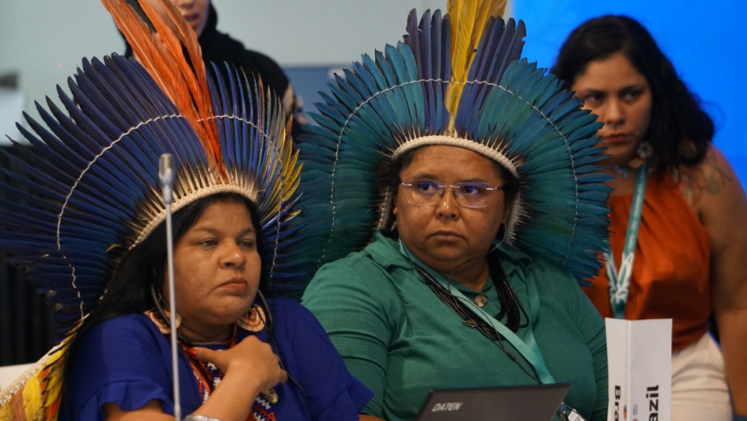The 2024 UN Biodiversity Conference in Cali, Colombia, marked an important milestone in global efforts to address the biodiversity crisis. With major decisions and mechanisms in place under the Kunming-Montreal Global Biodiversity Framework (GBF), here is what the world can look forward to in the coming years:
Increased national action for biodiversity conservation
Countries worldwide need to step up to align their policies with the goals of the GBF. As of late 2024, 119 national targets and 44 National Biodiversity Strategies and Action Plans (NBSAPs) have been submitted, and more are expected in the coming years. These targets are essential steps toward achieving sustainable biodiversity practices and fair benefit-sharing.
Expanded financial support through the Cali Fund
The establishment of the Cali Fund brings hope for bridging the biodiversity finance gap, especially in developing nations. Large companies profiting from genetic resources will contribute proportionately to their revenues. The fund aims to channel essential financial resources to biodiversity stewards and initiatives worldwide and support countries in implementing the GBF. As the fund grows, it may support vital projects for conservation, particularly in under-resourced areas, making it a key driver of biodiversity finance and long-term sustainability. Yet, the fund's non-binding nature could limit its impact, leaving the question of long-term financial support for conservation open.
Greater inclusion of Indigenous and local community voices
The conference’s decision to establish a permanent subsidiary body dedicated to Indigenous Peoples and Local Communities (IPLCs) is a significant milestone. This move formalizes the role of Indigenous knowledge and stewardship in global biodiversity policy. After what was also declared the “People’s COP”, we will likely see more Indigenous-led conservation initiatives and an emphasis on culturally relevant approaches. Additionally, the recognition of the role of people of African descent in biodiversity efforts marks an inclusive approach that strengthens conservation at the grassroots level. However, turning inclusion policies into impactful, sustained partnerships will require consistent support and commitment from all parties involved.
Enhanced protection for marine biodiversity
The adoption of new modalities for Ecologically or Biologically Significant Marine Areas (EBSAs) provides momentum for marine conservation. These guidelines help countries work together to safeguard important ocean ecosystems, including those that lie beyond any single nation's borders. In aiming for improved protection for critical marine habitats and better management of shared ocean resources, meaningful protection will depend on sustained international cooperation and enforcement, especially in international waters where oversight can be challenging.
Fairer benefit-sharing through the Digital Sequence Information mechanism
With the operationalization of a multilateral mechanism for Digital Sequence Information (DSI) on genetic resources, countries now have a framework to share benefits from genetic research equitably. Expected to evolve over the coming years, the mechanism aims to ensure fair access to and benefit-sharing from biodiversity research in a technology-driven era, enhancing cooperation among nations and support conservation funding through innovative digital solutions. In doing so, crucial questions regarding complex legal and ethical questions around issues such as data use and equal benefit-sharing remain to be addressed before the mechanism can reach its true potential.
As countries mobilize resources and align their actions with these new frameworks, the momentum generated at the 2024 UN Biodiversity Conference holds promise for biodiversity conservation worldwide. Yet, challenges – especially related to funding, cooperation, and on-the-ground implementation – highlight the work still needed to turn these goals into lasting impact.




